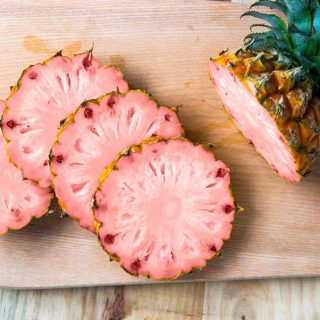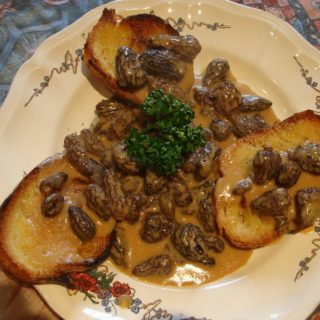 This innovative history of California opens up new vistas on the interrelationship among culture, nature, and society by focusing on the state’s signature export—the orange. From the 1870s onward, California oranges were packaged in crates bearing colorful images of an Edenic landscape. This book demystifies those lush images, revealing the orange as a manufactured product of the state’s orange industry. Orange Empire brings together for the first time the full story of the orange industry—how growers, scientists, and workers transformed the natural and social landscape of California, turning it into a factory for the production of millions of oranges. That industry put up billboards in cities across the nation and placed enticing pictures of sun-kissed fruits into nearly every American’s home. It convinced Americans that oranges could be consumed as embodiments of pure nature and talismans of good health. But, as this book shows, the tables were turned during the Great Depression when Upton Sinclair, Carey McWilliams, Dorothea Lange, and John Steinbeck made the Orange Empire into a symbol of what was wrong with America’s relationship to nature.
This innovative history of California opens up new vistas on the interrelationship among culture, nature, and society by focusing on the state’s signature export—the orange. From the 1870s onward, California oranges were packaged in crates bearing colorful images of an Edenic landscape. This book demystifies those lush images, revealing the orange as a manufactured product of the state’s orange industry. Orange Empire brings together for the first time the full story of the orange industry—how growers, scientists, and workers transformed the natural and social landscape of California, turning it into a factory for the production of millions of oranges. That industry put up billboards in cities across the nation and placed enticing pictures of sun-kissed fruits into nearly every American’s home. It convinced Americans that oranges could be consumed as embodiments of pure nature and talismans of good health. But, as this book shows, the tables were turned during the Great Depression when Upton Sinclair, Carey McWilliams, Dorothea Lange, and John Steinbeck made the Orange Empire into a symbol of what was wrong with America’s relationship to nature.
Table of contents :
Prologue. An Allegory of California
Part I. Fabricating Eden
Introduction
1. Manifesting the Garden
2. A Cornucopia of Invention
3. Pulp Fiction: The Sunkist Campaign
Part II. Work in the Garden
Introduction
4. The Fruits of Labor
5. “The Finished Products of Their Environment”
Part III. Reclaiming Eden
Introduction
6. A Jungle of Representation: The EPIC Campaign versus Sunkist
7. A Record of Eden’s Erosion
8. “A Profit Cannot Be Taken from an Orange”: Steinbeck’s Case for Environmental Justice
Epilogue. By Their Fruits Ye Shall Know Them
Order the book
Food 2.0 LAB in association with Amazon
Books by the same author –

















